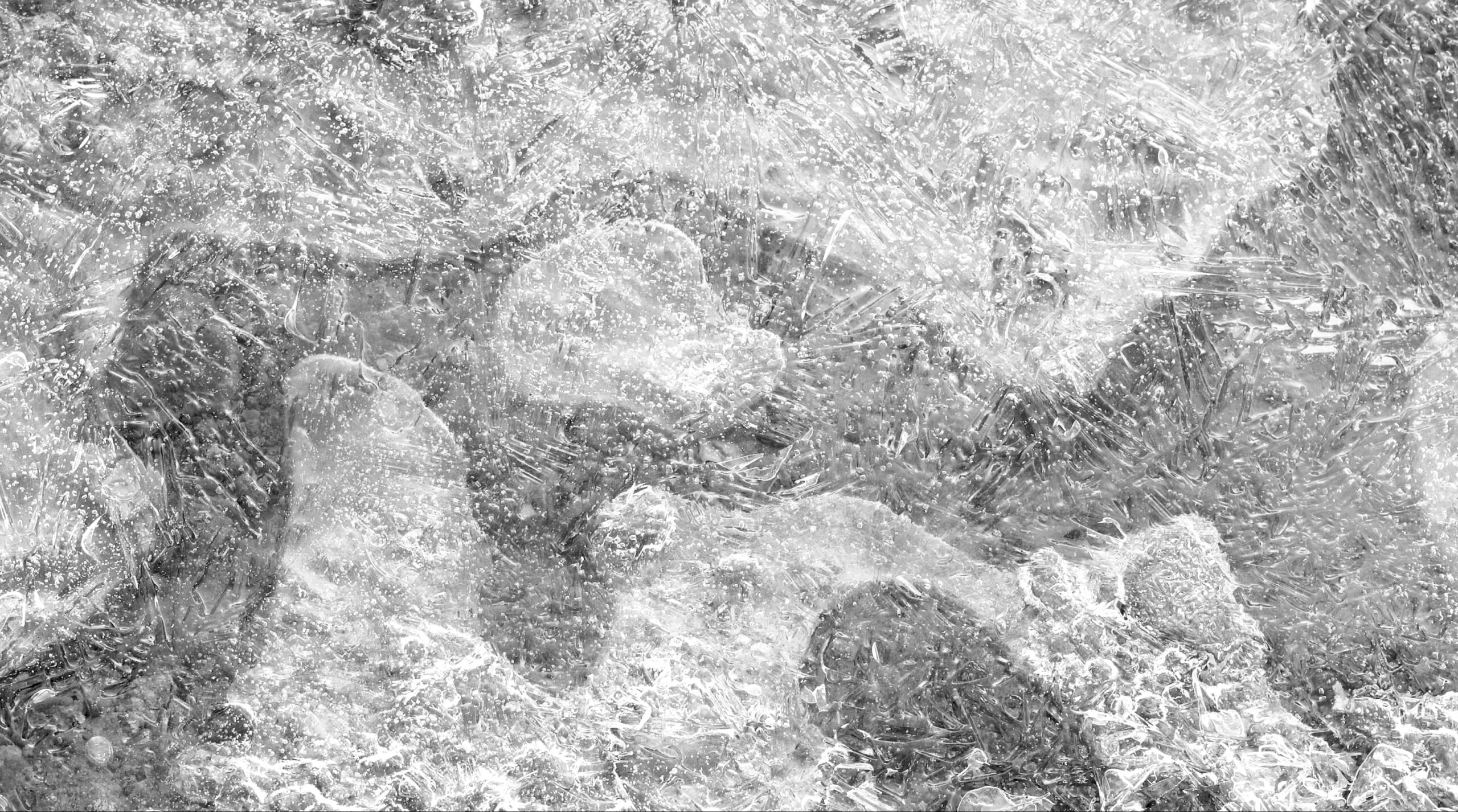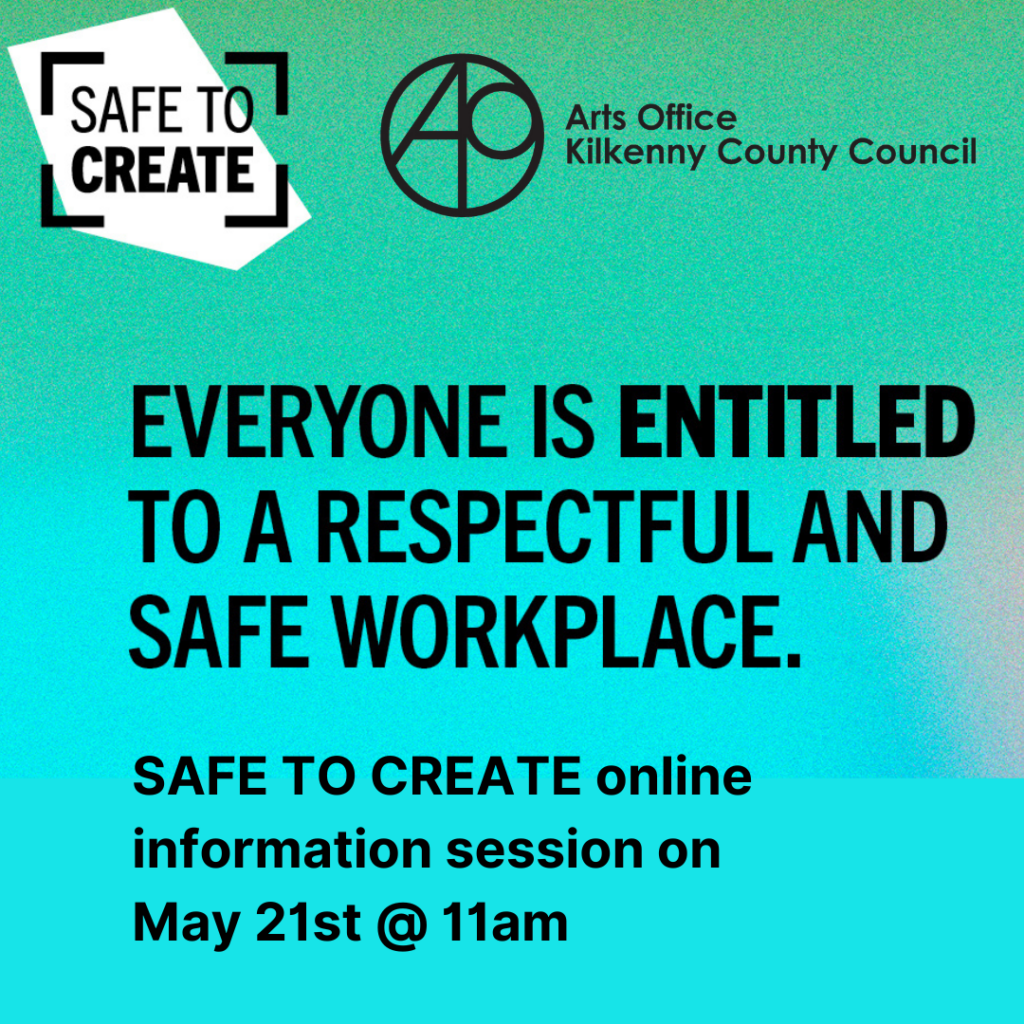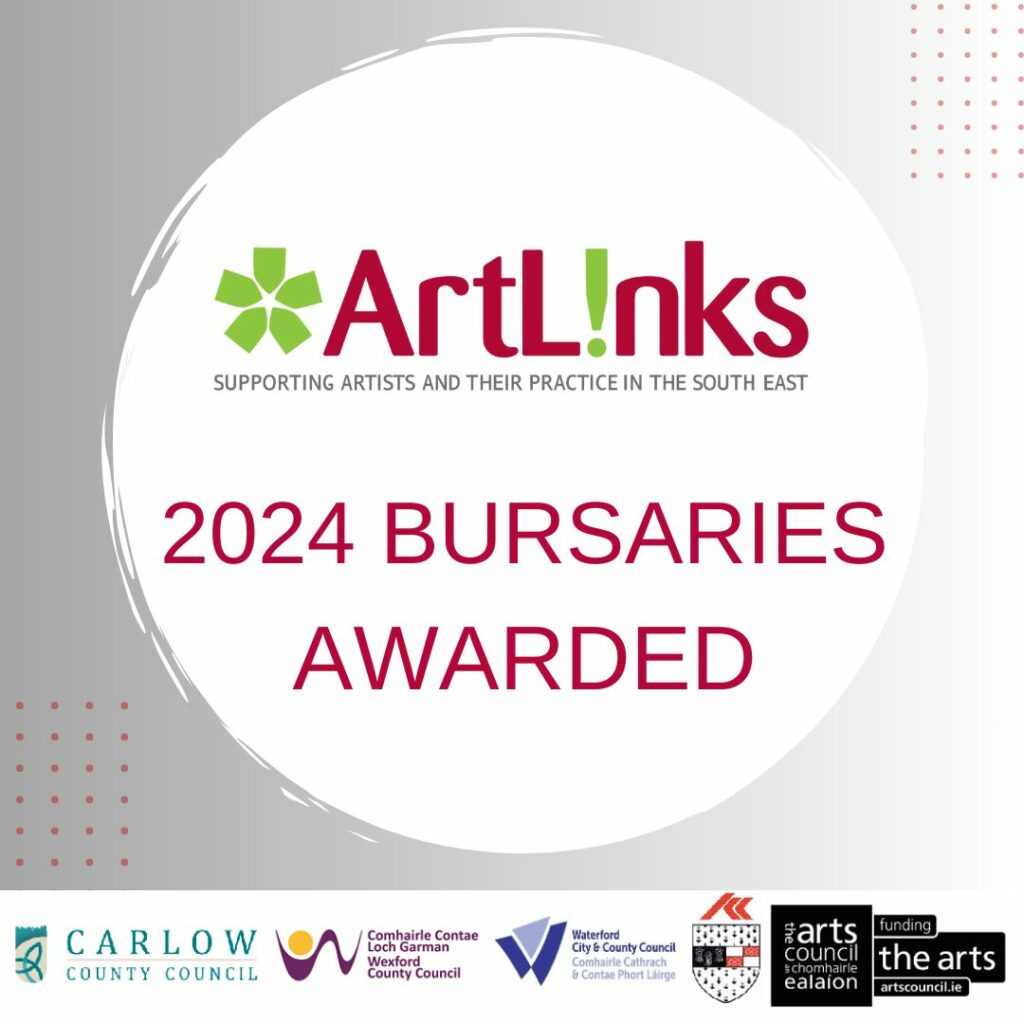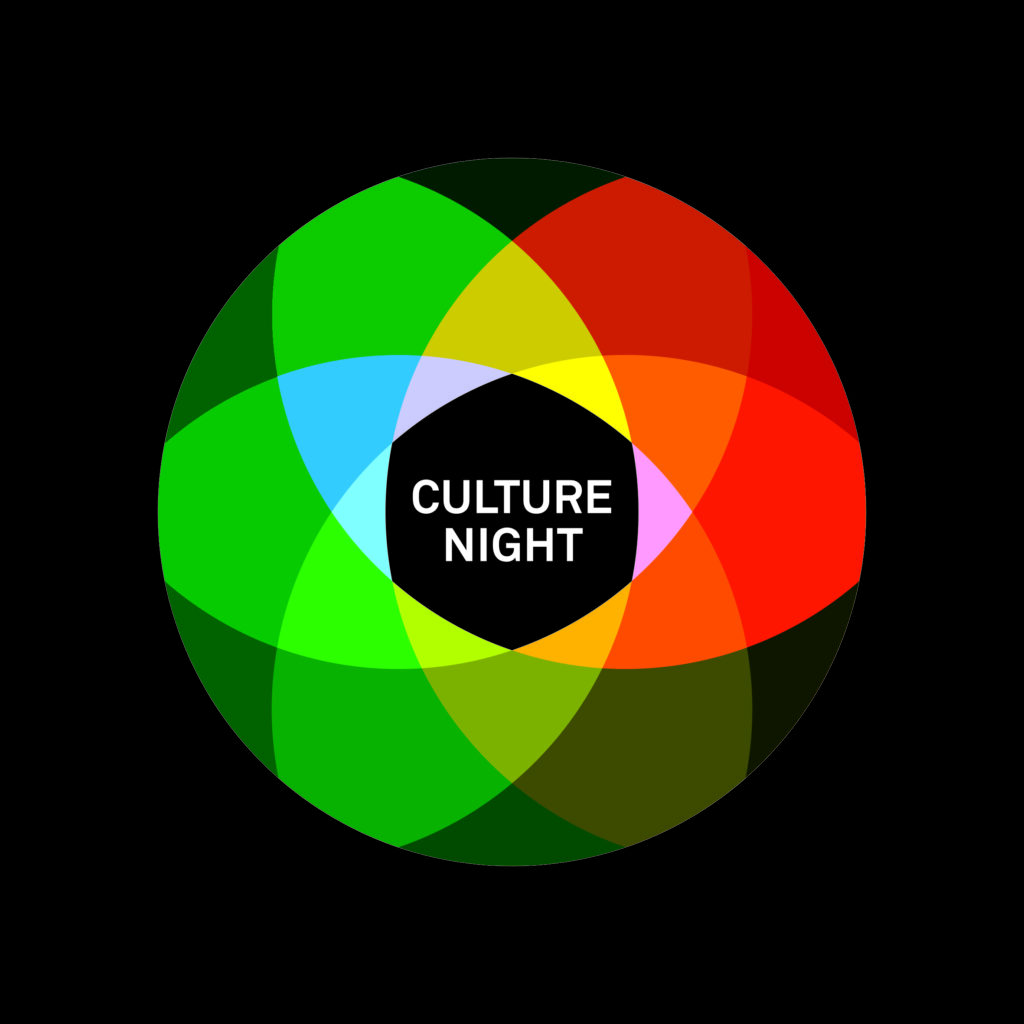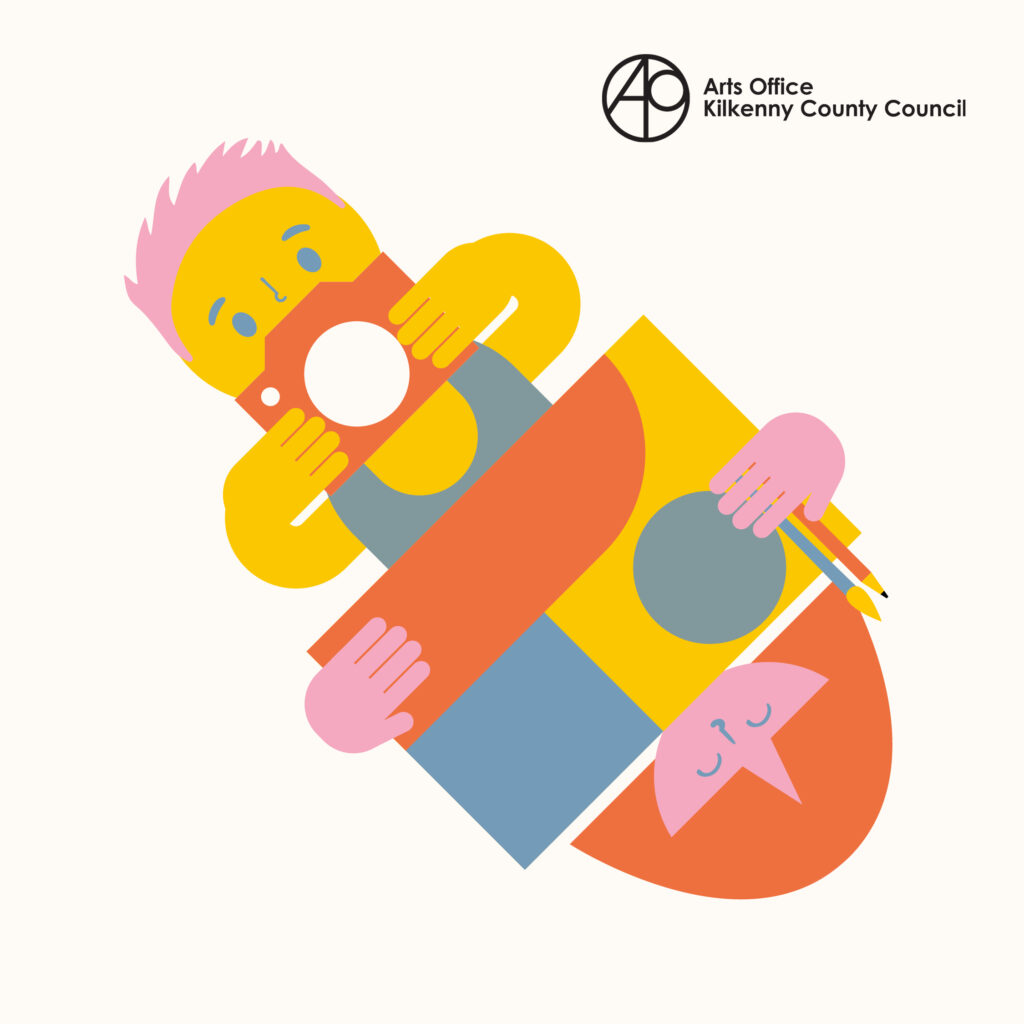Ní chailleann tú an t-uisce go deo go ritheann an tobair trim,
an old Irish adage, more commonly known as ‘you never miss the water until the well runs dry’.
A proverb familiar to many, it appears in various formats across different languages; it has been spoken, written and has inspired songs and music for decades.
Highlighting our longstanding relationship with water, this saying poses questions regarding not only our reliance on water, but the tendencies of many of us to forget this dependency and to take it for granted. Some things you only miss once they’re gone.
Stories of water and our connection to it have featured heavily throughout Irish folklore and mythology. As an island nation surrounded by water, this is no surprise. Tales of rivers as goddesses and powerful entities, surging water bodies, tumultuous seas and even magical wells set the scene for a people once so intimately connected with their land.
In a place such as Kilkenny, the only city in Ireland without a port, the connection to rivers and freshwater sources is especially strong.
In such folklore, rivers and sometimes other bodies of water around the country were often considered to work in conjunction with, or against, the people of the land. The fate of this fortune, usually lay in the hands of the leaders in Ireland. For good and sovereign kings, queens and leaders, rivers brought fertility to the landscape. There are tales of rivers rising up and flooding in order to protect armies and protect their people. However in times of lesser leadership, the river would become alienated and the land and its people could greatly suffer.*
If we were to consider this relationship today, how do we think the river would react? What sort of reign has guided this country, the people and the land? What type of guardians have we been to local ecologies, natural habitats and the more-than-human? Would we be considered as a good leader or a bad one?
Perhaps we can look to the rivers for answers.
* Manchán Magan, Listen to the Land Speak (2002), p. 10
Kilkenny Arts Office and the Emerging Curator Development Programme are excited to announce the upcoming exhibition, You never miss the water until the well runs dry, on display at the Shee Alms House in Kilkenny City Centre.
You never miss the water until the well runs dry is a multidisciplinary exhibition featuring work by artists Mary Conroy, Bernadette Kiely, Laura Skehan and Claudia Breitschmid. Their work is a meditation on our relationship with water, exploring past, present and future considerations of this relationship.
Inspired by local ecologies, changing landscapes and the future of our rivers and water sources, their work explores and attempts to understand a new landscape as we approach unknown and perilous times. This exhibition is an invitation to reflect on our connection to water. It is an invitation to consider our role or responsibilities as stewards of the lands, the water systems and the more-than-human.
These artists are challenging our ideas on the abundance of water and uncovering the complexities of our relationship to water. They generate possibilities of a new understanding of our connection to our environments, and hopefully enable a new relationship for our future.
Curated by Shannon Carroll
Opening on Culture Night at 6PM with an artist talk at 6.30PM.
Friday 22nd of September at The Shee Alms House. All are welcome.
Dates Running
Fri 22nd Sept – Sun 24th Sept
Thurs 28th Sept – Sun 1st Oct, 12-6PM
Thursday 5th Oct – Sun 8th Oct, 12-6PM
Biographies
Mary Conroy is a trans-disciplinary artist with a BA in Ceramics and an MA in Social Practice. Her work incorporates sculpture, site-specific installation and community-engaged projects, often with an emphasis on making, materiality and process. Since 2010 her work has been an interrogations of the biophilia hypothesis and resulted in in-depth investigations into specific environments, biodiversity loss and connections between the human and more-than-human worlds.
Recent commissions include A Magic Moving Living Thing, Butler Gallery, Kilkenny (2022), The Feminist Supermarket, Ormston House, Limerick (2021), What Are You Made of Folkestone?, UK (2021) and The Memory of Water – a multi-country Creative Europe project (2018 – 2020). Current projects include Mapping Wolf Tone Street (2022-2023), investigation into Limerick’s longest residential street, and Wilderland (2023-2025), supporting restoration and rewilding of the Wild Nephin National Park in County Mayo through embedded research, public engagement, and creative community workshops.
Bernadette Kiely was born in Clonmel, Co. Tipperary and grew up in Carrick on Suir. She lives and works on the Quayside of the River Nore in Thomastown. Her work is based on the effects of weather on land, the natural world and human lives with a particular focus on flooding in her local area. This has been an enduring theme in her practice for over 25 years.
Most recent exhibitions include: Survival of the fittest [the answer is] blowing in the wind, Taylor Galleries, Dublin (2023); A New Landscape – Cork or Venice, who cares, who can tell, Lavit Gallery, Cork (2023); RHA Annual Exhibition 2023, RHA Gallery, Dublin (2023); Zurich Portrait Award 2022/23, National Gallery of Ireland, Dublin and Regional Cultural Centre, Letterkenny; Contemporary British Painting Prize (2022), Huddersfield Art Gallery and Thames Side Gallery and Studios, London, UK; Imagine Life without Art, Custom House Gallery and Studios, Westport, (2022). An elected member of Aosdána in 2007, she is represented by Taylor Galleries, Dublin. www.bernadettekiely.ie
Laura Skehan is an artist from Dublin, Ireland. Her practice focuses on the relationship between human and non-humans entities in the landscape, prompting phenomenological and philosophical questions about the human condition. Working predominantly in moving image, sound and sculpture installation, she explores how human-centric behaviours and technologies impose on the balance and harmony of this relationship.
Her current research examines modes of observation, collection and display of objects and organic material in public sites and institutions to discuss the volatility and fragility of our human relationship to the surrounding environment and unpack historical narratives of control, progress and ownership. She is supported by Dublin City Arts Office, the Fingal Arts Office, the Arts Council of Ireland and Culture Ireland. Recent solo exhibitions at Annabelle’s Home, Reykjavik in June (2023) and upcoming at Roscommon Arts Centre (2023), Malahide Castle and Gardens (2023) and Culterim Gallery, Berlin (2024). Skehan graduated with a BA Hons in Fine Art from Dublin Institute of Technology in 2016.
Claudia Breitschmid is a lens -based artist living in Zurich, Switzerland. She holds a Bachelor’s degree in Fine Arts with specification in Photography from the Zurich University of the Arts, an MA in Fine Arts from Bern University of Arts and attended the School of Photography at Gothenburg’s University, Sweden for Erasmus. She was awarded CS Förderpreis and a previous special mention from ‘Prix Photoforum’. Her work has been supported by Aargauer Kuratorium, Stiftung Temperatio and a Covid19 working grant from the city of Zurich. She has been an artist in Residence with SIM in Reykjavik (ISL), received a studio grant from akku in Uster (CH) and a studio and exhibition grant from Tanz mit Bruce, neuer shed, Frauenfeld (CH).
Breitschmid’s works were shown in Switzerland (ex: Aargauer Kunsthaus, Kunst- haus Thun; Biel-Bienne Photo Festival; Fotomuseum Winterthur; Stadtgalerie Bern and internationally (ex: Cultural Centre, Struga (NMK), Culterim Gallery, Berlin (DE), Earth Rising Eco Art Festival, IMMA Dublin(IRL), Torg Art Fair, Reykjavik (ISL); Galerie SIM Korpúlfsstaðir, Reykjavik (ISL); Fondazione Cini, Venice (IT); Stadtgalerie Markdorf, (DE); Gallery Oro, Gothenburg (SE)
Shannon Carroll is a curator who researches ecological art practice. Her work explores and questions our relationship to the natural world and she is interested in how Ireland’s native language can offer us alternative perspectives of nature. Reading, writing and conversation are key elements informing her practice. The outcomes of her research are project dependent, including curating exhibitions, commissioning artworks, organising events, lecturing, writing and publishing.
Shannon is the latest curator to be awarded the Emerging Curator Development Programme with Kilkenny Arts Office. She was the 2021 recipient of the ARC-LAB Curatorial Scholarship and graduated with a distinction from IADT’s MA in Art & Research Collaboration. She holds an MA from UCD in Art History, Collections & Curation and a BA from Trinity College Dublin in the History of Art & Architecture and Philosophy. Recent projects in Kilkenny include Making Ground; Returning to the Earth; and Horizon / Ag Bun na Spéire. Other exhibitions include Molecular Revolutions at The LAB Gallery; Barnavave – tread softly, Carlingford; and Tréimhse, Earth Rising at IMMA.
Image credit: Video still from the moving image and sound collaboration Nature;Talking 2022, by Laura Skehan and Claudia Breitschmid.

